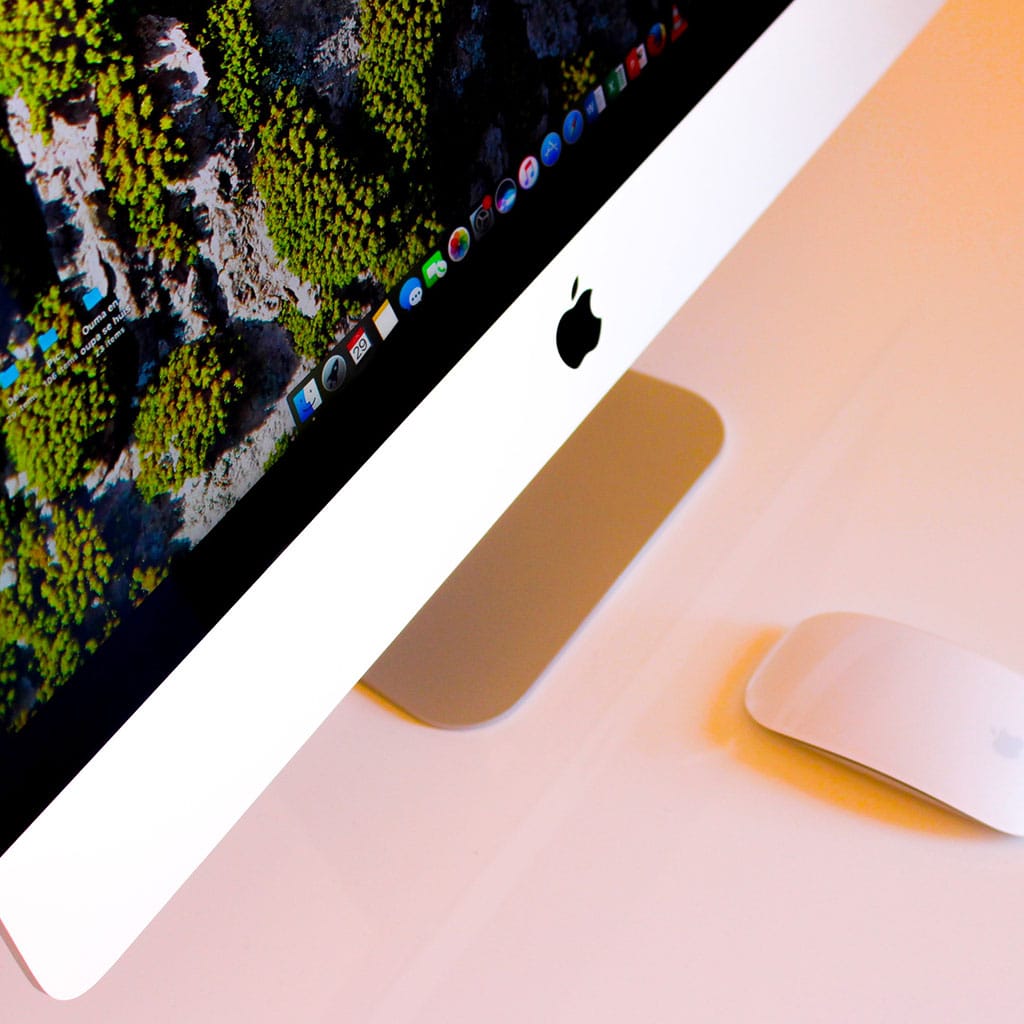Can I use my 21.5” iMac as a monitor
Can I use my 21.5” iMac as a monitor
Unlocking the versatility of your 21.5-inch iMac, you might be wondering if it can serve as a secondary monitor for your other devices. In this article, we’ll explore the possibilities and steps to use your iMac as a monitor, transforming it into a powerful display for enhanced productivity or entertainment purposes.
Turn your 21.5” iMac into a stunning monitor!
Using your 21.5-inch iMac as a monitor, also known as “Target Display Mode,” is possible, but it depends on the specific model and its compatibility with this feature. Here’s a detailed guide to help you determine if your iMac can be used as a monitor and how to set it up:
1. Check Compatibility:
- Target Display Mode is available on some older 21.5-inch iMac models, primarily those released before 2014. To determine if your iMac supports this feature, you can check Apple’s official website or your iMac’s user manual for compatibility information.
2. Prepare the Required Cables:
- To use your iMac as a monitor, you’ll need the appropriate cables. For most iMacs, you’ll need a Thunderbolt or Mini DisplayPort cable. Ensure you have the correct cable for your iMac model.
3. Connect the Devices:
- Turn off your iMac and the device you want to use as the source (e.g., MacBook, PC). Connect one end of the cable to the Thunderbolt or Mini DisplayPort on your iMac and the other end to the corresponding port on the source device.
4. Activate Target Display Mode:
- Turn on your iMac while holding down the “T” key on its keyboard. This should activate Target Display Mode, and your iMac’s screen should function as an external monitor for the source device.
5. Adjust Display Settings:
- On your source device (e.g., MacBook or PC), go to the display settings. You may need to configure the resolution and arrangement to ensure the display fits your iMac screen properly.
6. To Exit Target Display Mode:
- To return your iMac to its regular function, simply disconnect the cable or turn off the source device. Your iMac should revert to its standard mode.
7. Sound Considerations:
- Note that while the video can be displayed on your iMac, sound doesn’t typically transfer over. You might need separate speakers or headphones connected to your source device for audio.
It’s important to keep in mind that not all iMac models support Target Display Mode, and this feature may not work with non-Apple devices. Additionally, as of my last knowledge update in September 2021, newer iMac models, especially those with Retina displays, do not support Target Display Mode. Therefore, it’s essential to check your specific iMac’s compatibility and follow the steps accordingly.
What are the limitations of using an iMac as a monitor?
Using an iMac as an external monitor, while a useful feature, comes with some limitations that users should be aware of. Firstly, not all iMac models support this functionality. Target Display Mode, which allows an iMac to be used as an external monitor, is primarily available on older 21.5-inch iMac models released before 2014. More recent iMacs, especially those with Retina displays, do not support this feature. It’s crucial to check your specific iMac model’s compatibility before attempting to use it as a secondary display. Additionally, you need to ensure that the source device (e.g., MacBook or PC) has a compatible video output port, such as Mini DisplayPort or Thunderbolt, and that you have the necessary Thunderbolt cable for the connection.
Secondly, when you use your iMac as a secondary display, it will act as an external monitor, but it won’t function as a fully independent computer. This means that you won’t have access to your iMac’s primary display, so you won’t see its menu bar or have access to its files and applications while it’s in target display mode. Furthermore, if you want to control the source device using the iMac’s keyboard and mouse, you may need to use third-party software or tools. It’s important to understand that the iMac’s capabilities as a secondary display are limited to displaying content from the source device, and it won’t provide the same user experience as using it as a standalone computer.
Are there alternatives to using an iMac as a monitor for specific purposes?
Yes, there are alternative methods to achieve specific purposes without using an iMac as a monitor. If your goal is to extend your primary display or use a larger screen for specific tasks, you can consider using an external display. Many computers, including Macs and PCs with Mini DisplayPort or Thunderbolt ports, can connect to external displays. This setup allows you to extend your desktop workspace, offering additional screen real estate for multitasking and productivity. External displays come in various sizes and resolutions, giving you the flexibility to choose one that suits your needs. You can also configure the screen resolution and arrangement to tailor the setup to your preferences. Unlike using an iMac as a secondary display, an external display retains its menu bar and primary functionality, providing a seamless experience for tasks requiring extended screen space.
Another alternative is wireless display technology, which allows you to mirror or extend your computer’s screen onto a compatible smart TV or monitor without physical cables. This can be achieved using technologies like Miracast, Chromecast, or Apple AirPlay, depending on your device’s compatibility and your specific requirements. While wireless displays offer convenience and flexibility, they may have limitations in terms of display quality and responsiveness, especially for tasks that demand high-resolution or low-latency performance. Therefore, the choice between using an iMac as a secondary display and these alternative methods depends on your specific needs, the compatibility of your devices, and your preferences regarding display quality and functionality.





You must be logged in to post a comment.